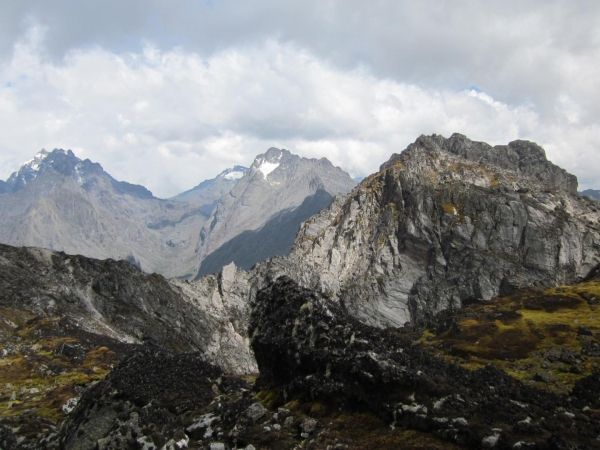Tropical glaciers in Africa and South America began their retreat simultaneously at the end of the last ice age about 20,000 years ago, according to a Dartmouth study.
The finding of synchrony in ice retreat across the global tropics clarifies how the low latitudes transformed during one of Earth’s most extreme climate change events and can help current-day predictions of our own climate future.
The study, published in Science Advances, supports the overwhelming scientific consensus on the role of carbon dioxide in causing global climate change, but adds additional levels of complexity to the understanding of Earth’s climate system and how ice ages rapidly end. The result also adds to the understanding of the sequencing of glacial retreat between the tropics and the polar regions at the time.
“Carbon dioxide is what caused the Earth to come out of the last ice age,” said Meredith Kelly, an associate professor in the Department of Earth Sciences at Dartmouth, and senior researcher on the study. “But there are also processes that began before carbon dioxide increased that are important to the overall story of how the period ended, and that’s what we wanted to understand.”
Read more at Dartmouth College
Image: Field research on glacial moraines in the Rwenzori Mountains confirms how the tropics transformed during one of Earth's most extreme climate change events and can help current-day predictions of our own climate future. (Credit: Margaret Jackson)


